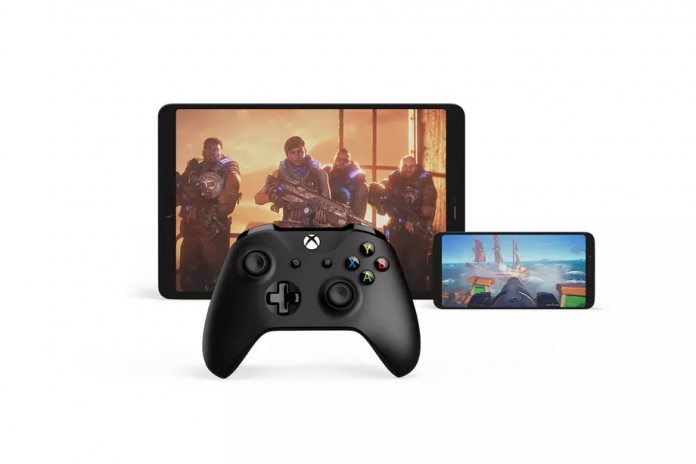While Microsoft is not confirming it, reports point to the company carrying out a migration of Xbox cloud severs during this year. Specifically, the company is moving the servers from Xbox One architecture to Xbox Series X architecture. Moving from last generation to current generation has benefits. Early signs of the improvement is the ability to run games at 1080p. According to Windows Central, Microsoft is currently only testing 1080p resolution for Project xCloud, but the early signs are good. Until now, titles on the service have been capped to 720p. This low HD resolution helps to maintain a high bandwidth performance and keep controls responsive. In other words, Microsoft is trading screen resolution for performance quality. By moving to new server architecture, the company is able to up the resolution without harming the performance. That’s a good development because target devices for Project xCloud (laptops, smartphones, tablets, and TVs) will mostly be at least 1080p and in many cases higher resolution. For example, playing a 720p games on a large 4K TV may not have been a fun experience.
Coming Soon
It seems reasonable to think as the current Xbox Series X hardware gathers pace, Microsoft will be able to gain more improvements for xCloud. It is expected the new architecture will already bring significant performance improvements, including bettering loading times. Microsoft has recently confirmed Project xCloud will launch this spring. We expect the improvements currently in testing to be available as soon as the platform leaves its beta phase. If you’re unfamiliar with Xbox Cloud Gaming, it is a cloud streaming service for Xbox games. It allows Xbox Game Pass Ultimate customers to access Xbox titles from any device that supports the platform. Because all resources are held in the cloud and handled by Microsoft, people on underpowered devices like smartphones can play games. Because Microsoft Azure handles the resources, these titles can run on mobile phones and even smart TV. We have also seen evidence of the service being compatible with smart home devices, such as a fridge. Tip of the day: Windows 10s Power Throttling can net up to 11% more battery savings per charge with little negative impact. In some scenarios you might consider turning Power Throttling off for single apps that you want run with maximum performance. Our tutorial shows you various methods to manage Power Throttling.




